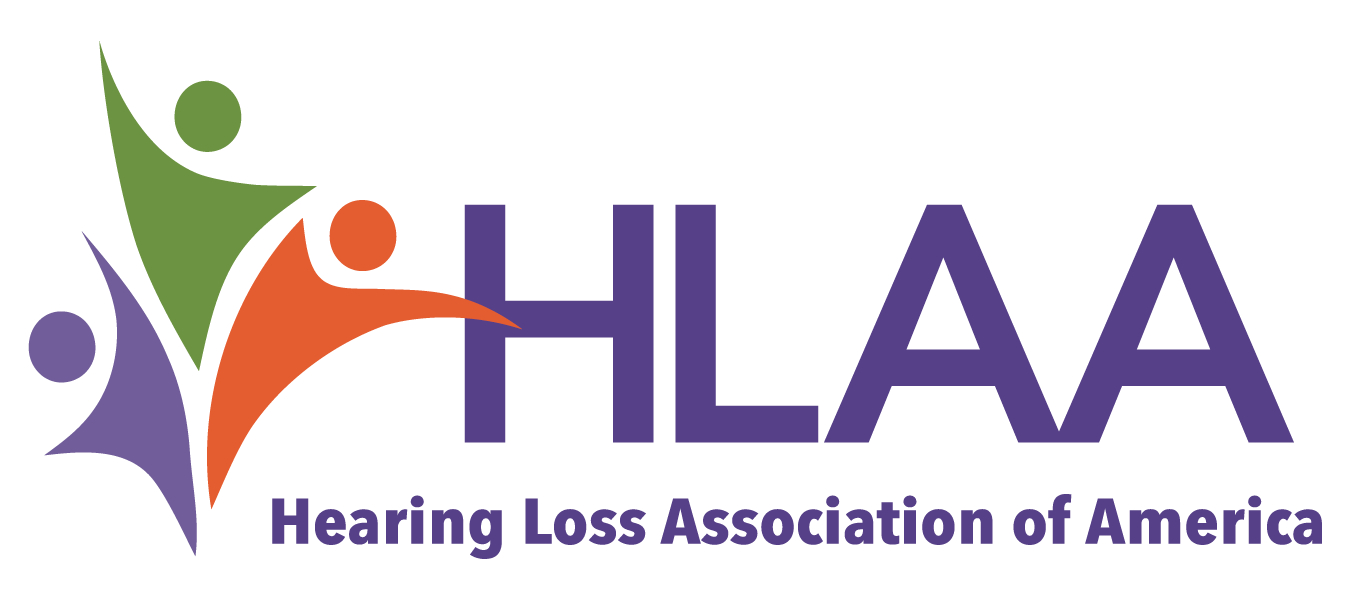
Virtual communication through digital platforms, rather than face-to-face interactions, has changed the landscape of communication access. Everyone should be able to communicate and be communicated with fully and equally in order to benefit from these digital interactions.
Now that telehealth, online school, and virtual workplaces are common, the Virtual Communication Access group explores what constitutes an accessible communication experience in virtual contexts. And, what makes or breaks access to that communication?
The Tech Forum Community is a place for positive, inclusive engagement. You can start a discussion, contribute your experiences and perspective, discover and post resources and events, and learn from others. If you like this group, use the social sharing buttons to spread the word.





